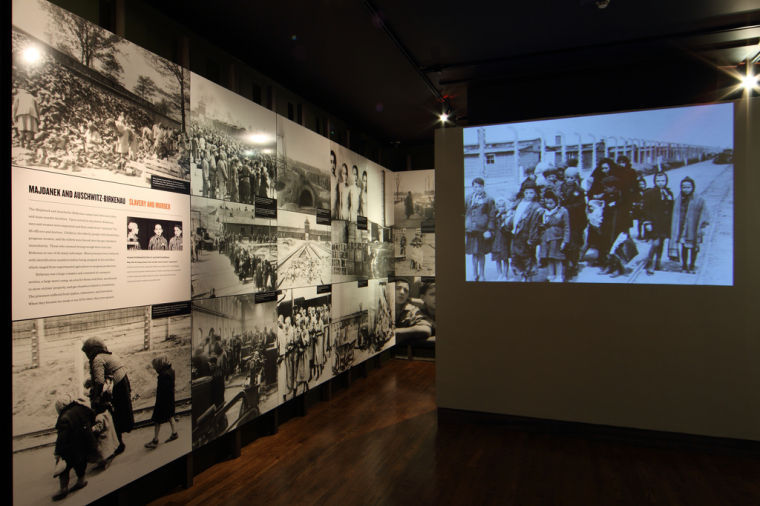The Kovno ghetto, a waystation to Nazi death camps that held up to 40,000 Lithuanian Jews at its peak during the Second World War, was a grim childhood home for nine-year-old Ivar Sagalowitz
But Sagalowitz, now a Great Neck resident, had a saving grace – the technical school run by Jacob Olieski, an educator with the Jewish educational and vocational training group ORT.
“When you were in a workshop the odds of being selected for extermination were much less,” Sagalowitz said. “The reason for my survival is almost 100 percent due to having worked in the ghetto workshop.”
Sagalowitz is one of three Great Neck residents to be featured in “ORT Saved My Life,” an upcoming exhibit at the Holocaust Memorial and Tolerance Center of Nassau County that seeks to tell ORT’s 133-year history through the stories of 18 local graduates of the group’s programs.
Along with Sagalowitz, Great Neck residents Danny Goltche and Yeheskel Sharbani will take part in the exhibit, according to an ORT press release.
Goltche, an Iranian native, studied at the ORT school in Teheran before emigrating to the United States during the 1960s. Sharbani moved to Israel from Iraq during the mass exodus of Iraqi Jews after the 1948 Arab-Israeli War and attended watch-making, auto mechanics, Hebrew literature, math, and physics classes at an ORT Academy.
Goltche, who now owns Kings Point Auto, worked as a mechanic before receiving an engineering degree from City College. He opened a series of auto shops in Flushing, Long Island City and Great Neck during the following decades, according to the ORT release.
“The ORT School made me a man….I loved that school,” Goltche said in the press release. “I was very lucky I joined the ORT organization because I learned mechanical work and when I came to the United States, I worked in a repair shop, mechanical shop and I went to college of course.”
Sharbani’s family, like many others who left Iraq for Israel after the establishment of the Israeli state, was dispossessed and arrived in their new country with little, according to ORT. Sharbani eventually moved to the United States, obtained an engineering degree from Hofstra University and now owns a contracting company based in Manhasset.
“The ORT was a fantastic chance for me,” Sharbani said in the press release. “I acquired good mathematical and physics [knowledge] and very good, very good skills. That helped a lot.”
For Segalowitz, who lied about his age to gain eligibility for the ghetto workshop, Olieski’s lessons were not just life-saving – they laid the ground work for him to become a machinist, which he described as the sole positive element of his ghetto experience.
“That skill launched me on my career here in the United States,” said Segalowitz, who later attended Stuyvesant High School at night and earned a physics degree.
Segalowitz was later elected a commissioner in the Great Neck Park District, and described his selection as grand marshal of Great Neck’s Memorial Day Parade as one of his prouder moments.
The exhibit will be on display from Aug. 26 through Oct. 4 at the Holocaust Memorial and Tolerance Center of Nassau County in Glen Cove.



